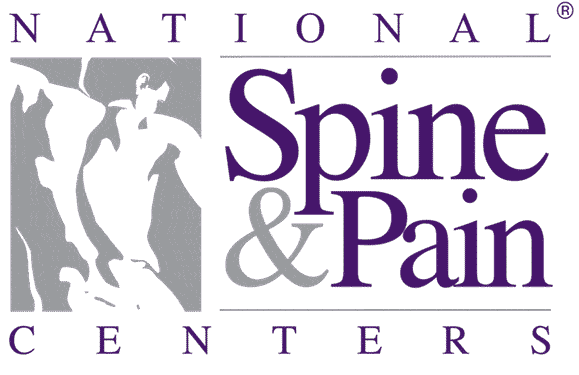An orthopedic surgeon recently compared patients suffering from hip arthritis, where he performed traditional hip replacement surgery on one group and used the latest stem cell treatment on another group. He found that the patients receiving stem cell treatments experienced more range of motion a year after receiving treatment than patients receiving hip replacement surgery. He also found that 73% of the patients that received the stem cell treatment were able to return to sporting activities. In terms of overall functional scores, patients receiving stem treatments were very similar to the surgery group, with the surgery group receiving a slightly better score for pain management[1]. However, when you compare the invasiveness of surgery to stem cell therapy, the advantages of stem cell treatments are striking.
Traditional surgery: What are the risks?
Traditional hip surgery can range from removing the ball of the femur and replacing it with a metal ball to a total hip replacement. With a complete hip replacement, the entire head of the femur is removed and a metal prosthesis is hammered into place on the hip bone as well as the socket on the pelvis. Risks with these types of surgical procedures include:
- Risk of infection
- Increased risk of stroke and heart attack
- Allergic reaction to the metal used in the implant
- Wear particles from the implant causing high levels of metal ions in the blood stream
- Risk of blood clots in the legs (DVT) and/or lungs (PE)
- Painful post-surgical recovery
- Prolonged rehabilitation
- Recurrent hip dislocations if the replacement is not placed properly
- Failure of the hip prosthesis
After a hip replacement, the materials involved wear down over time, meaning that a hip revision surgery might be required at some point to replace failing implants. This surgery can be longer and even more involved that the original procedure.
Biologic regenerative treatments, such as Stem Cell Therapy, are much less invasive procedures with a quicker return to normal daily activity when compared to surgery. To maximize healing, Stem Cell treatments are used with other leading treatments in the field including Prolotherapy, Platelet Rich Plasma (PRP) and Platelet Lysate therapy. In certain cases, a patient’s unique medical condition or circumstance may preclude utilizing the benefits of all treatments used together. In this case, a customized plan is developed using one or more of the treatments to obtain the best patient outcomes possible. While sometimes there is no good alternative to surgical repair, most often biologic repair offers a better option.
Stem Cell Therapy: The Process
Stem Cell therapy makes use of the supply of stem cells available in the body to help repair injured and degenerated tissues. The easiest place to harvest these stem cells is from the back of the hip area, under ultrasound or x-ray guidance. This harvesting procedure is well tolerated by patients and not considered difficult as many patients claim it is not painful.
After bone marrow blood is drawn, it is centrifuged to concentrate and purify the stem cells, with each stem cell specimen custom designed to meet the needs of the specific injury. Utilizing either fluoroscopy or ultrasound, the stem cells are placed on the injured site precisely to improve the likelihood that stem cells will adhere to the damaged area and promote healing. After the stem cells are placed, concentrated platelets and other adjuvants are injected to stimulate the stem cells to multiply, and then transform into the repair cells needed to regenerate new tissue. The platelets are injected again 2-5 days later to keep the stem cells activated and promote additional healing.
Prolotherapy
Injected 2-5 days before the stem cells, Prolotherapy contains a solution of concentrated dextrose and local anesthetic (steroids are not used). This solution stimulates the body’s natural ability to repair damaged tissue, encouraging new growth and creating a positive environment into which the stem cells are placed.
Platelet Rich Plasma
Platelets initiate tissue repair by releasing growth factors. These growth factors start the healing process by attracting cells that repair us including critical stem cells. Platelet Rich Plasma therapy intensifies this process by delivering a higher concentration of platelets. The therapy involves a small sample of the patient’s blood placed in a centrifuge to separate the platelets from the other blood components. The concentrated PRP is then injected into and around the point of injury, significantly strengthening the body’s natural healing. Our process for PRP is much different and sets us apart. Because our samples are all hand processed, we are able to produce PRP that is free of contaminating red and white cells, which can inhibit repair. This same special process also allows us to customize the concentration and volume for each individual and each injury type. This greatly improves outcomes.
Platelet Lysates
Platelets in the blood release powerful tissue growth factors that aid in the healing process. Normally this occurs slowly over time, but through the creation of a Platelet Lysate solution, a high concentration of growth factors can be released immediately into the body. The result is a targeted, faster healing process. Additionally, there are areas of the body where using traditional PRP may cause too much inflammation. Platelet Lysates are a better option where inflammation may become an issue.
While additional study is needed[2], the results of biologic regenerative treatments are too promising to ignore. This can be a real solution to alleviate the pain and loss of function from hip arthritis without the drastic approach of surgically cutting open a patient to replace the entire hip.
